Gluten is an increasingly popular topic these days as more and more people are experiencing everything from gluten sensitivity to severe gluten allergies. It’s a complex topic that requires some education to fully understand and leaves many wondering about foods that contain gluten.
Maintaining a safe and nutritious diet without gluten can be challenging. Understanding what gluten is, where gluten is found, what foods have gluten and why gluten makes some people sick is the first step in moving toward a healthy gluten free lifestyle.
This comprehensive guide will help you to make sense of gluten and the different foods that contain gluten. If you are new to gluten free living, this article will help you to better understand the basics of gluten and be more confident in how to approach a gluten free lifestyle.
If there is a specific question you want answered you can use the links below to jump around. Otherwise, I recommend reading from start to finish so you can benefit from the entire article.
Jump to:
- What is Gluten?
- Common Foods That Contain Gluten
- Hidden Sources of Gluten in Your Diet
- Gluten-Free Alternatives: Safe Choices for a Gluten-Free Diet
- Managing a Gluten-Free Diet: Tips and Tricks
- Wrapping it up:
- Did you find this guide to sources of gluten helpful?
- Other articles gluten free essentials
- Thanks for reading this guide to foods that contain gluten!
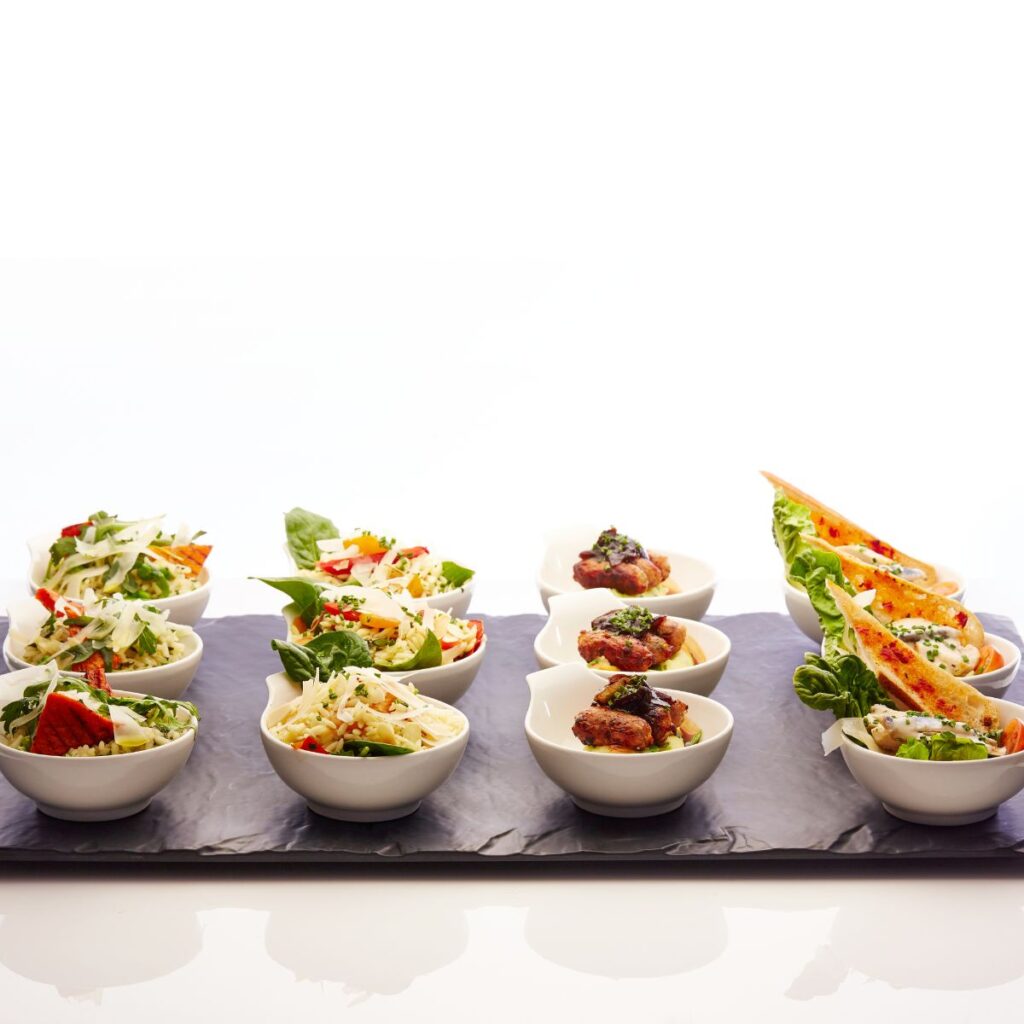
The gluten-free guide below is based on personal experience and research. Always be sure to discuss any medical changes with your doctor for your personal medical needs. Additionally, this post contains affiliate links. As an Amazon Associate I earn from qualifying purchases. My full disclosure isn’t that interesting, but you can find it here.
What is Gluten?
Gluten is a complex protein that is composed of two other proteins called glutenin and gliadin. It is naturally found in some grains, most commonly wheat, barley and rye.
Gluten can also be found in other grains including wheat berries, spelt, durum, emmer, semolina, farina, farro, graham, khorasan wheat, einkorn, and triticale. Oats, while naturally gluten free, are often thought of as another source of gluten because they can easily contain gluten from cross contamination with other grain crops.
Take this quick quiz and uncover the secrets to making your gluten-free lifestyle not just manageable, but truly enjoyable with custom recipes and tips!

The Role of Gluten in Foods
Gluten acts as a binder giving foods their stretchy quality and texture, which is why bread and baked goods have a chewy consistency. For people who do not have sensitivities to gluten, these whole grains can offer health benefits including being linked to a lower risk of heart disease, stroke, and diabetes.
Unfortunately, for people who do have problems with gluten, it can trigger a severe auto-immune response causing harm to the small intestine.
Common Sources of Gluten
Not surprisingly many of the common sources of gluten are products that are grain based. Some items tend to be more obvious than others and unfortunately there are many hidden sources of gluten. There are also many sources of gluten that you might find surprising!
In this next section, we’ll dive into what foods have gluten, including grains and cereals, ingredients often containing gluten and processed foods commonly containing gluten.
Common Foods That Contain Gluten
The most common foods with gluten are foods that are made with grain based ingredients. Anything made with wheat, rye or barley will commonly contain gluten.
Grains and Cereals that Contain Gluten
- Wheat varieties (wheatberries, durum, emmer, semolina, spelt, farina, farro, graham, kamut, einkorn)
- Barley
- Rye
- Triticale
- Oats
Oats are a tricky ingredient to understand from a gluten free perspective. That’s because while oats are naturally gluten free, depending on the way in which they are processed there is a high likelihood of cross contact.
There are two methods for creating gluten free oats–purity protocol and mechanical sorting. However, there is definitely some controversy over this issue. You can get a much better understanding of gluten and oats here.
Ingredients often containing gluten
These ingredients contain gluten and are not gluten free.
- Cracker meal
- Cereal Extract
- Dextri-Maltose
- Malt & Malt Syrup
- Matzoh
- Seitan
These additional ingredients are ‘tricky’ because they sometimes contain gluten:
- Yeast extract
- Brown rice syrup
- Fermented grain extract
- Natural flavors
- Wheat starch (If not treated to remove gluten below 20ppm)
Processed Foods Often Containing Gluten
Processed foods often contain gluten due to the widespread use of wheat, rye, and barley as ingredients. These grains are used to enhance the texture, flavor, and protein content of many foods. If purchasing any of the items below, you need to ensure that you are purchasing gluten-free varieties. You can follow the links below to find my favorite gluten free substitutes for these items.
- Breads and pastries (such as croissants, dinner rolls, bagels, waffles)
- Pasta and noodles (such as egg noodles, Spaghetti, Mac and Cheese, orzo, couscous, ramen)
- Breakfast cereal and granolas (Cream of Wheat, Protein bars, Cornflakes, Rice Krispies, Captain Crunch)
- Crackers and snacks (graham crackers, saltine crackers, Sun Chips, Goldfish)
Hidden Sources of Gluten in Your Diet
Hidden sources of gluten are the reason gluten free eating gets so complicated. Quite often there are hidden gluten containing ingredients that can cause problems. This is why learning to understand labels, allergen warnings and ingredients lists is so important.
Unfortunately it’s not safe to assume that all foods that are not grain based are safe to eat. Some of the more surprising hidden sources of gluten are listed below.
Surprising Foods That May Contain Gluten
When you start figuring out what contains gluten, you’ll realize there are a lot of surprising foods that are not gluten free. Ingredients that are used as binders or thickening agents often contain gluten, which is why many of the foods below surprisingly contain gluten.
- Condiments and sauces (Worcestershire sauce, soy sauce, Dijon mustard)
- Soups and bouillons (cream of mushroom soup, condensed soups, miso)
- Processed meats (Deli Meat, Bacon, Sausage, Hot Dogs)
- Alcohol (beer, malted beverages, and alcohol containing hydrolyzed wheat protein. Alcohol is a fairly comprehensive category in terms of gluten free consumption. For a more extensive understanding of gluten and alcohol, see this guide to gluten-free alcohol.)
More Things that May Contain Gluten
Gluten doesn’t only exist in food, which unfortunately makes gluten free living even more confusing. Gluten can also be found in many of our day to day products like the ones listed below.
- Medicine and supplements
- Personal care products and cosmetics
- Toothpaste and other oral car
- Play doh
- Pet food and treats
Understanding Food Labels and Gluten
If there is one thing that will reduce the overwhelm of a gluten free lifestyle, it’s taking the time to learn about gluten free labeling. Gluten free labels and certification are like an easy button for gluten free grocery shopping.
One of the most helpful articles I have on my site is called Gluten Free Certification and Labeling in the United States. Whether you live in the US or not, this post explains in clear and simple terms what the different gluten free labels mean, how they differ from gluten free certification, and how to use them to take the stress and overwhelm out of gluten free shopping.
Gluten-Free Alternatives: Safe Choices for a Gluten-Free Diet
While going gluten free can seem incredibly daunting at first, the good news is that there are plenty of safe choices for a gluten free lifestyle. Whether you opt for gluten free varieties of traditional ingredients or look for gluten free substitutes, you can live a healthy, safe and satisfying gluten free life.
Becoming familiar with foods that are naturally gluten free is especially helpful. While it is still necessary to understand gluten free labeling, and when there is a risk of cross contact, naturally gluten-free foods are a good starting point for gluten free living.
Naturally Gluten-Free Foods
Gluten-Free Grains and Flours
One of the things that might surprise you when you start digging into gluten free foods, is how many gluten free alternatives there are to wheat flour. Some choices are better than others depending on what you’re making with it or which consistency you prefer.
- Rice
- Corn
- Quinoa
- Buckwheat
- Almond Flour
- Coconut Flour
This Ultimate Guide to Gluten Free Flour is a really good way to get to know what flour alternatives are gluten free and which ones are best for each purpose. It also includes links to some of my favorite varieties, so you can see the best tried and tested brands.
Managing a Gluten-Free Diet: Tips and Tricks
Managing a gluten free diet can seem incredibly daunting, especially early on in your transition to a gluten free lifestyle. Finding trustworthy resources that simplify the concepts is the best way to start.
With a bit of education, before you know it you’ll be a pro at knowing what is and isn’t safe to consume, how to find the best gluten free products to suit your unique preferences and dietary needs and where to find a community of people to support you.
Reading Labels and Avoiding Cross-Contamination
Learning how to read labels and avoid cross contact is the best step to taking the overwhelm out of gluten free living. The reason it’s so important is because it is how you identify whether or not something is safe for gluten free consumption.
While it’s obviously important to understand what gluten is and where it comes from, that doesn’t tell you whether or not the product you’re picking up off the shelf is actually gluten free. As we learned above there are many hidden sources of gluten.
Understanding how to identify safe and unsafe products all comes from the labels. To learn more about labeling and cross contact check out the helpful guides below. Don’t forget to bookmark them so you always have easy access to them!
- Understanding Gluten Free Labeling and Certification
- How to to Prevent Gluten Cross Contact/Contamination in the Kitchen
Planning Gluten-Free Meals and Snacks
Gluten free eating takes extra planning to ensure you’re getting a balanced and nutritious diet. As you start to try different gluten free recipes you’ll begin to develop a go-to list of items to have on hand which eventually makes planning meals and snacks easier.
Living a gluten free lifestyle is challenging at the best of times, but when you’re busy it can feel nearly impossible. I’ve put together 6 Tips that help with planning gluten free meals and snacks to make gluten free eating achievable.
Tips for Dining Out Safely on a Gluten-Free Diet
Once you get a handle on eating gluten free safely at home, you’ll probably be ready to start learning more about how to eat out gluten free. While this brings on a whole new level of challenges and things to think about, it can definitely be done.
This list of Top 5 Tips for Eating Out Gluten Free at Restaurants is an excellent resource to learn more about how to eat out safely on a gluten free diet.
I’m also a big fan of using the Gluten Free Eats map as a resource for finding new gluten free restaurants. You can try it out with a free trial here:
Navigate the world of gluten-free dining with ease. Don't waste time searching the internet or relying on outdated reviews – let the Gluten Free Eats map by Atly be your go-to resource for gluten-free dining!
With this comprehensive map you can easily discover all the top-rated gluten-free restaurants, cafes, and bakeries in your area.
Grab your free trial and start exploring 27,000+ eateries today!
I’ve also written destination guides to eating gluten free at multiple restaurants chains and popular destinations. You can find them all here.
Wrapping it up:
Regardless of the reason you’ve chosen to live a gluten free lifestyle, recognizing foods that contain gluten is critical to your health and success. Without at least a basic understanding of what has gluten in it, where gluten is found, and why you need to avoid it, gluten free living can become incredibly overwhelming.
A proactive approach is your best shot at a smooth transition to gluten free living and maintaining it with ease. Take the time to read through the resources in this article and educate yourself on things like labeling, certification and cross contact and begin to explore gluten free recipes your family will love.
There are plenty of free resources available like my quiz that can help with customized recipes and tips designed to help you with gluten free living.
Unveil the keys to gluten-free success!
Get customized recipes, tips, and resources that match your unique vibe.

Did you find this guide to sources of gluten helpful?
If so, use the social sharing buttons below to share it on social media or pin it to Pinterest for easy reference later!
Other articles gluten free essentials




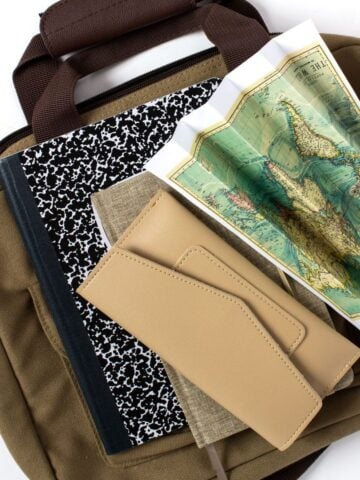
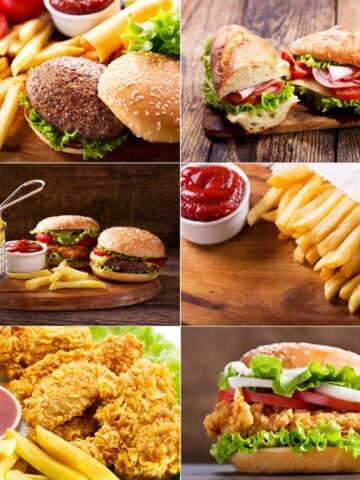

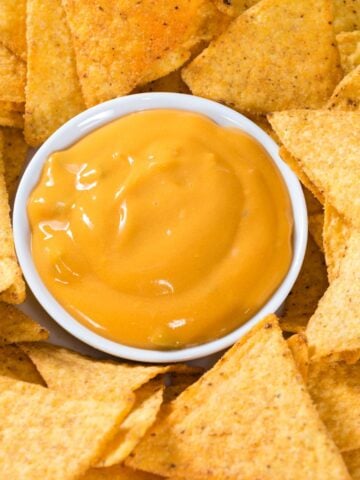
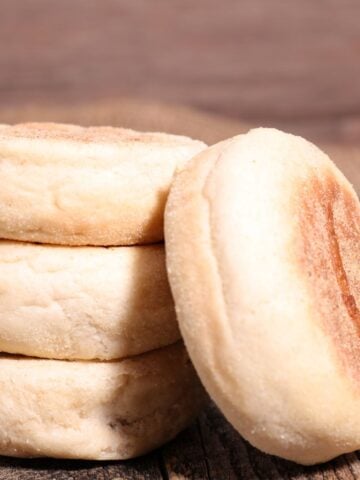
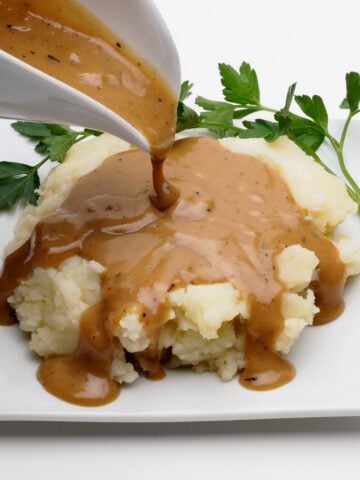
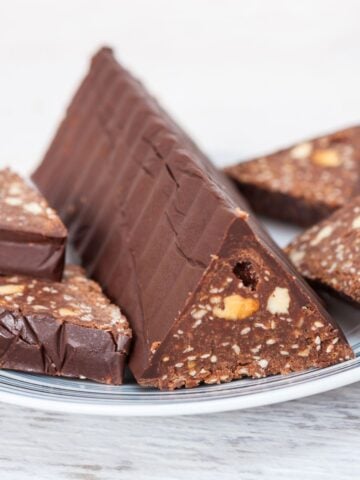
Leave a Reply